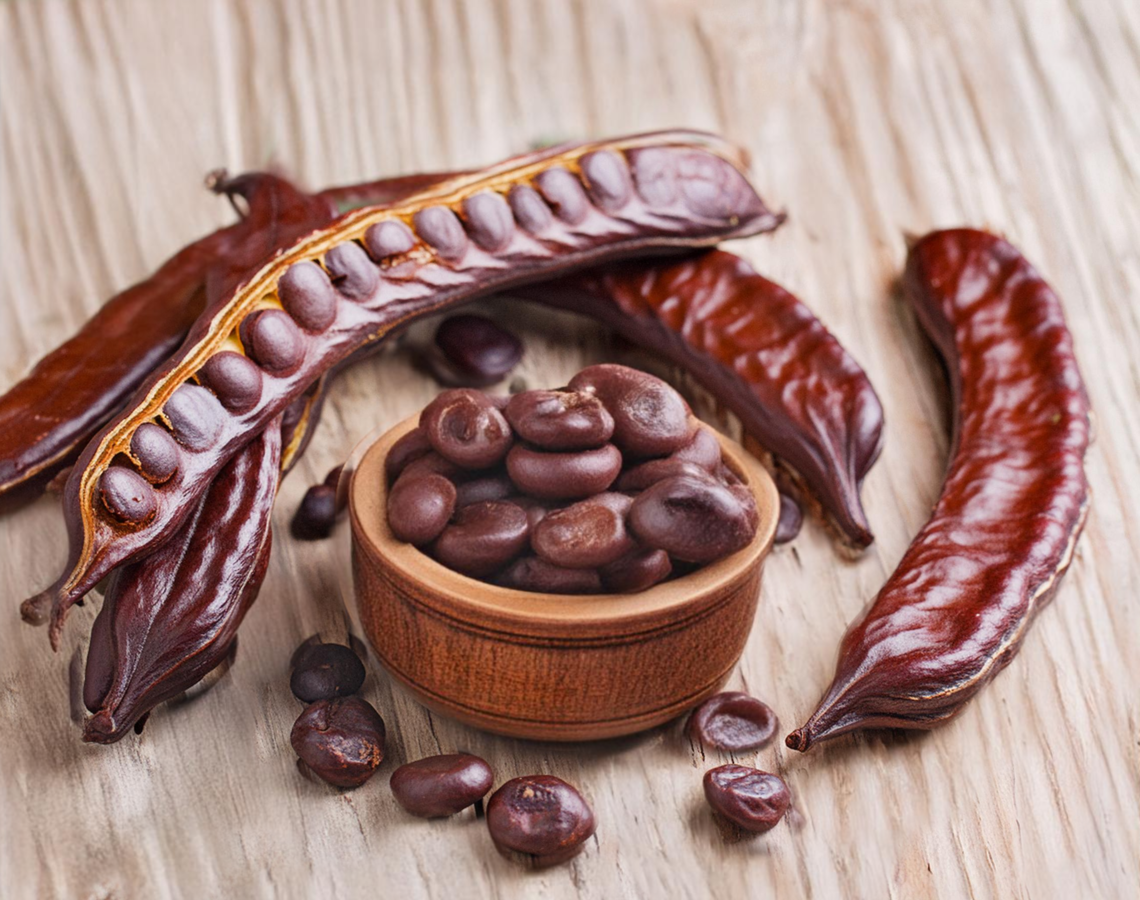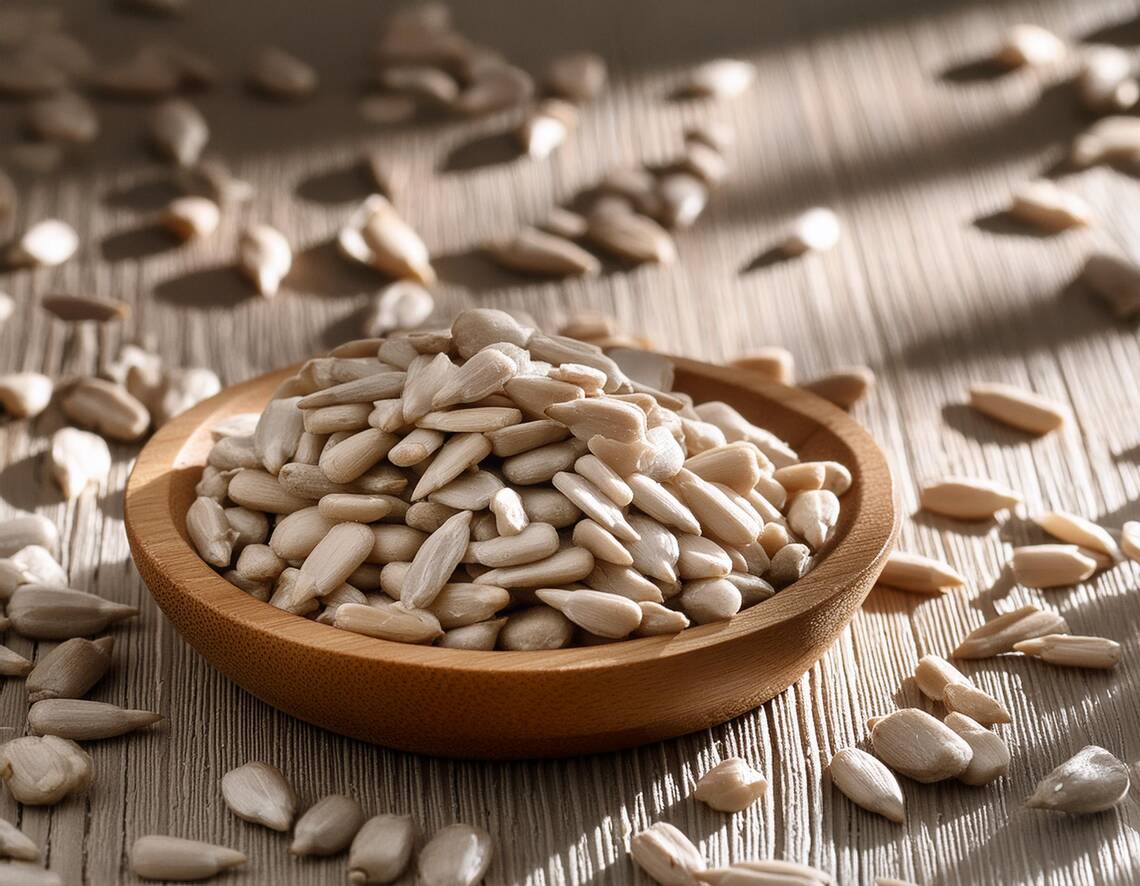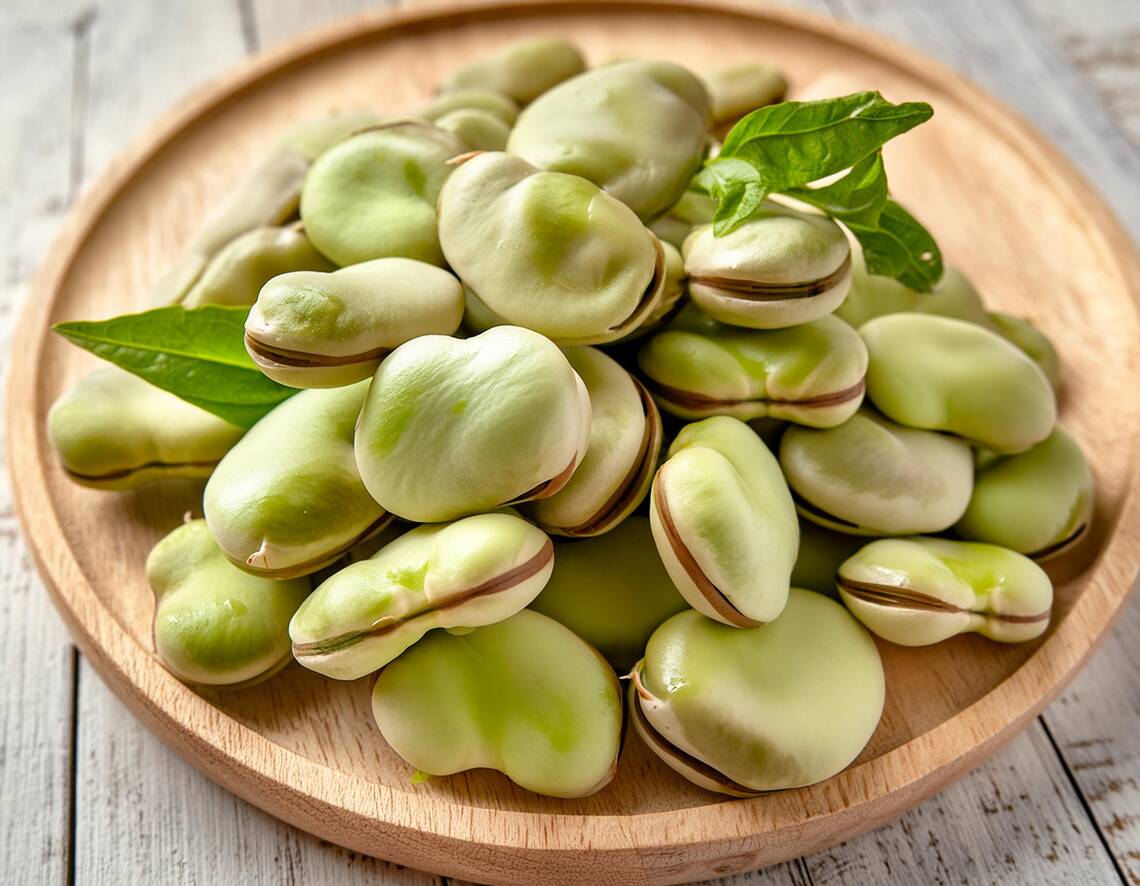Exploring cocoa alternatives
As the global demand for cocoa continues to rise, there is increasing interest in discovering and utilizing cocoa alternatives. These alternatives can be a sustainable and cost-effective solution to conventional chocolate. They offer a wide range of flavours and while it is not exactly the same as chocolate, they can come quite close.
Cocoa alternatives are a cost-efficient solution and while cocoa needs to be imported from distant countries, the raw materials for alternatives can be locally grown and processed, positively affecting the carbon footprint. The alternatives are often rich in fiber and minerals, yet free of caffeine and theobromine, which are typically found in cocoa. They also offer a variety of uses and therefore open new ways to develop innovative products. Originally, they were intended to be used in the food industry as an ingredient of other products like ice creams, yogurts, or drinks. However, there is an increasing usage as well for coating snack bars or combining them with classic chocolates, such as in the filling of a praline or a filled bar. Using a cocoa alternative in a classic bar works particularly well in combination with chunky ingredients such as cookies, pretzels or nuts and freeze-dried fruits.
The alternatives can be derived from a variety of ingredients, each bringing unique flavours and properties. The fermentation process is also crucial for cocoa alternatives in the development of their flavours. By properly controlling the parameters, a cocoa-like raw material can be produced. The most popular raw materials are:
Carob
The pods of the carob tree have a sweet-tasting, earthy substance and have been known for years as a cocoa alternative. The material combined with vegetable fats offers a similar consistency to cocoa but with a unique flavour. Carob is naturally sweet and rich in fibre.

Image source: Adobe Firefly

Image source: Adobe Firefly
Sunflower Kernels
Another alternative is fermented sunflower kernels. Cocoa alternatives made from this raw material have a nutty flavour profile. Sunflower seeds are not only rich in vitamins and minerals but also in healthy fats.
Fava Beans
Fava beans, also known as broad beans, offer an alternative to cocoa, providing a particularly creamy texture. The beans taste mild and slightly sweet. They are rich in proteins, fibre, and essential nutrients such as iron and magnesium.

Image source: Adobe Firefly
Exploring these alternatives can open new doors to culinary creativity and sustainable snacking. While these innovative products are a cost-efficient and environmentally friendly alternative, they remain a supplement and not a substitute to conventional chocolate. They allow us to enjoy an even more diverse range of chocolate experiences, from classic cocoa-based bars to inventive, locally sourced chocolate like treats. This diversity allows a greater choice and flexibility, catering to different tastes and preferences.

Author:
Michael Daspersgruber
Head of R&D

